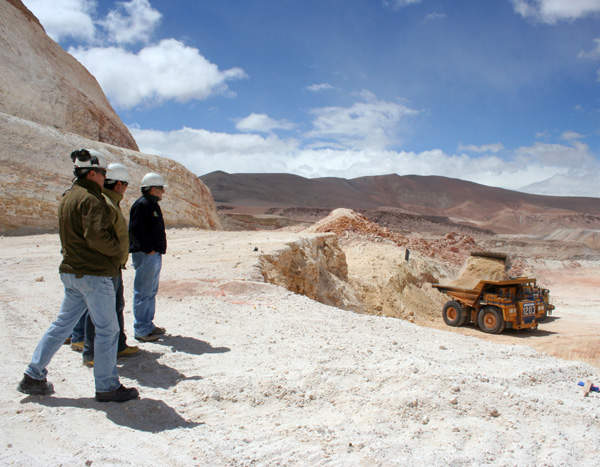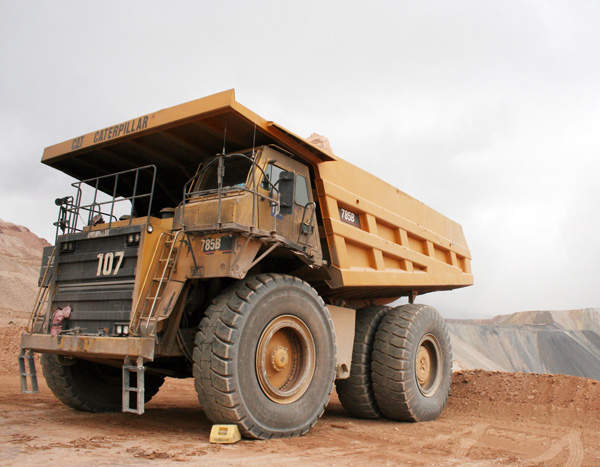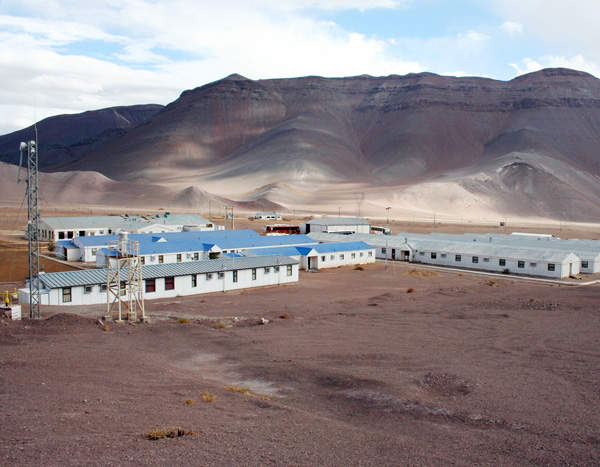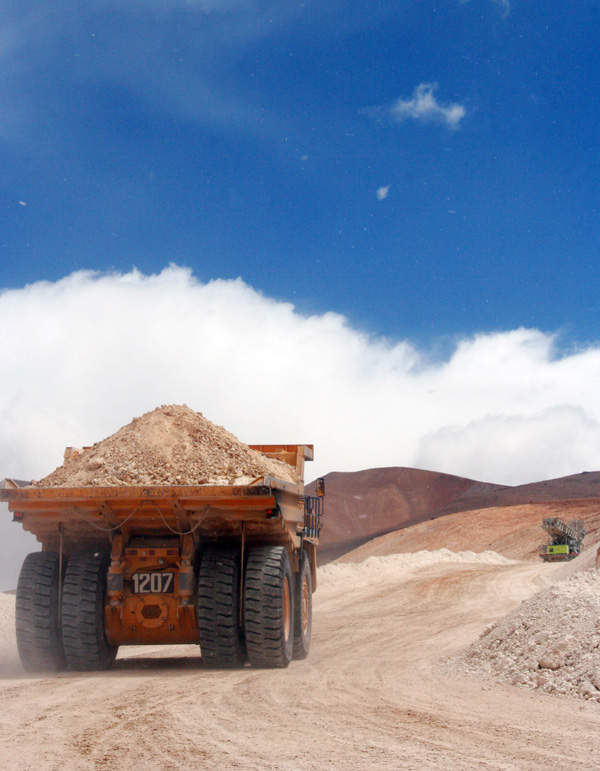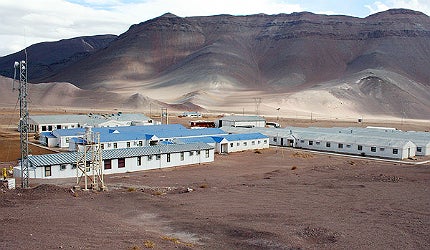
La Coipa gold and silver mine lies within the Atacama region of Chile, in South America. It is 100% owned and operated by the Kinross Gold Corporation through its subsidiary Minera Mantos de Oro.
The open-pit mine consists of six main deposits including Coipa Norte, Brecha Norte, Can-Can, Ladera-Ferellon and Puren. Four of these deposits, Ladera Ferellon, Coipa Norte, Brecha Norte and Puren, are currently in the operational phase.
The mine produced 178,287 ounces (oz) of gold at a cost of $762/oz in 2011. Kinross announced a six percent decline in gold production during the first quarter of 2012.
Production is expected to improve in the second half of the year as the processing of ore starts from Can-Can and Ladera-Ferellon deposits. Kinross also plans to explore the silver deposits at the mine. A new discovery at Pompeya is also being explored.
Location within the Maricunga mining district
La Coipa is part of the Maricunga mining district found in northern Chile. It is located at the northern end of the Maricunga belt. The main lithostratigraphic units which host the mineralisation include the Triassic La Ternera formation and the Tertiary volcanic sequence.
The La Ternera formation contains black shale and interbedded sandstones. The Tertiary volcanic sequence lies above the Triassic La Ternera formation. It consists of pyroclastic rocks, tuffs, latite breccias, dacite flows and quartz.
As of 2011, proven and probable reserves at the mine were estimated at 0.67 million oz of gold and 20 million oz of silver. The measured and indicated resources stand at 16,826Mt grading at 1.07g/t of gold and 33.9g/t of silver.
Mineralisation at the Chilean gold and silver mine
Gold and silver mineralisation occurs in Miocene dacitic volcanic and Triassic rocks of the Estrados del Mono formation.
Mineralisation is widespread across the mine in the form of high-sulphidation epithermal systems. It is spread across three zones – the upper zone, oxidised zone and primary zone. The upper zone in enriched with Ag, the oxidised zone contains intermediate levels of gold and silver and the primary zone contains gold and copper.
Conventional open-pit method used at La Coipa
Conventional open-pit methods are used to mine the ore. The deposits are mined on benches with ten metre intervals. Mining equipment being used includes hydraulic shovels, front-end loaders, drills and 154t trucks.
The recovered ore is processed at a 17,000t/d processing plant which was built in 1991. The plant is located next to the Ladera-Ferellon deposit.
Ore processing at Kinross Gold Corporation’s project
Ore processing starts with a pre-crushing circuit including a semi-autogenous ball mill. This is followed by primary crushing in two ball mills where the ore size is further reduced. Crushed ore is ground into a fine powder in the grinding circuit.
After grinding, the slurry is thickened and leached with cyanide in eight carbon-in-leach (CIL) tanks. The leached solution is filtered, washed and sent to the Merrill-Crowe metal recovery circuit. The Merrill-Crowe process recovers the precious metals, which are then sent to the doré refinery to produce the final product.
Tailings from the processing circuit are filtered and sent to the tailings storage facility.
Conservation methods used at Chile’s La Coipa
In April 2010, Kinross installed a dust control solution at the mine. The solution helped in conserving nearly 12 million gallons of water annually in the highly water scarce Maricunga district.
Developed by General Electric (GE), the solution was implemented to control the large amount of dust released when material was moved from the mining area to the crushing area.
GE’s solution includes grading and conditioning of the roads. This is followed by the application of a mix of water and DusTreat DC9112. The process reduces the waste of water required to clean the roads.
After the product dries, it renders the road dust free and non-slippery for a long-period of time. If new dust is created, only light watering is required to activate the product.

